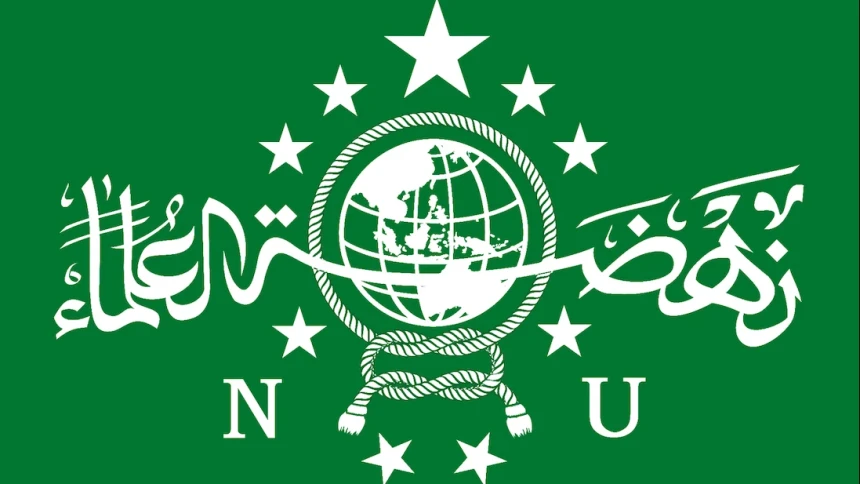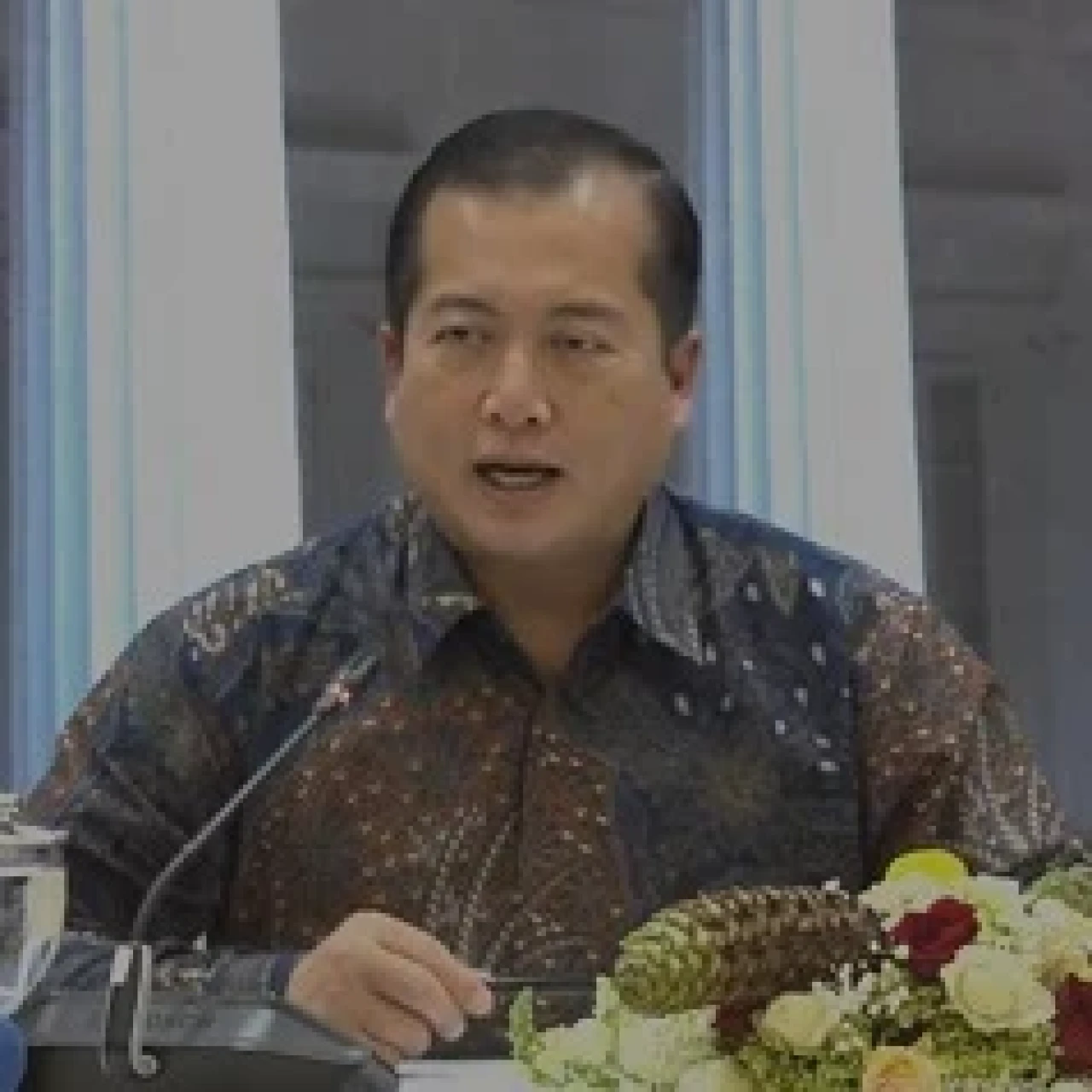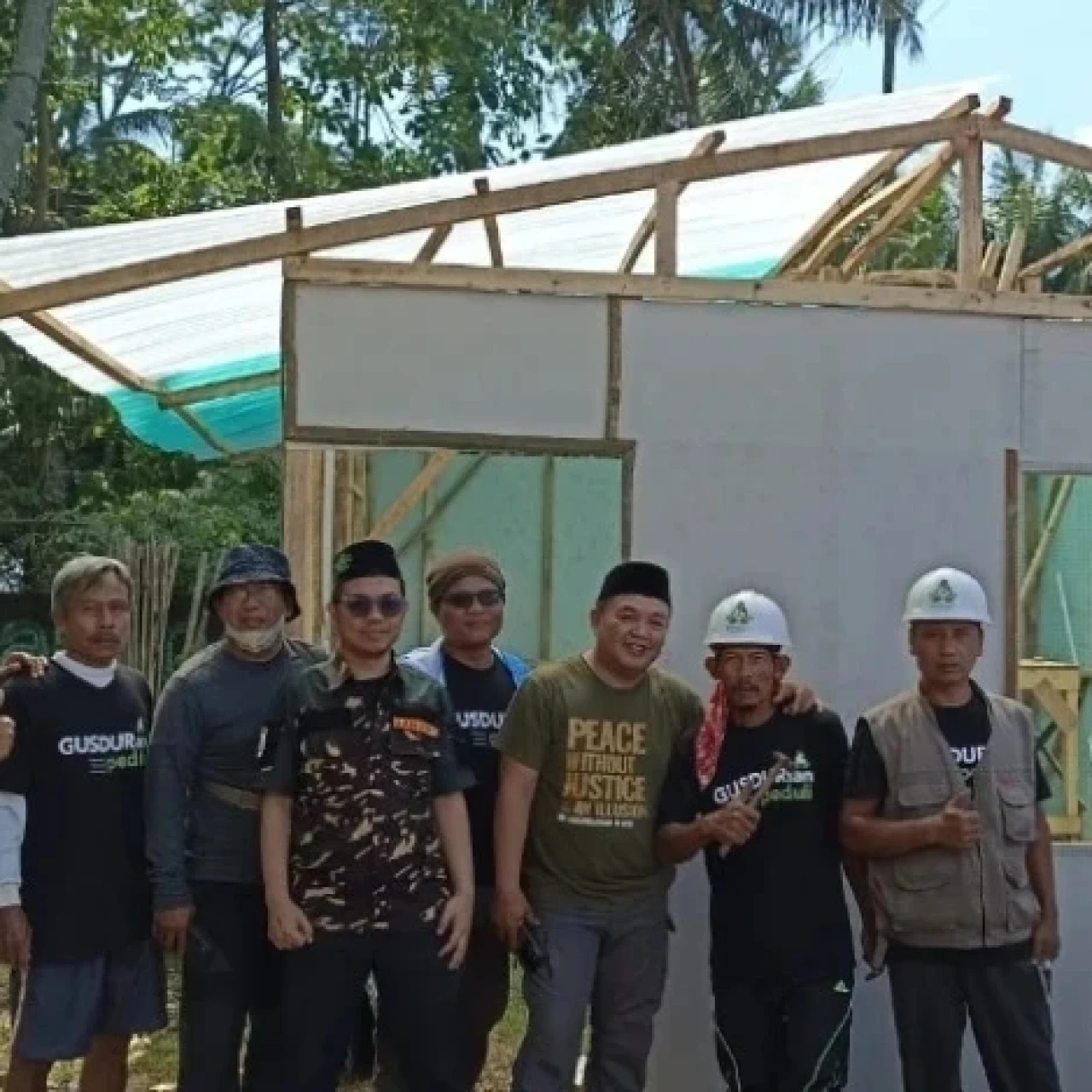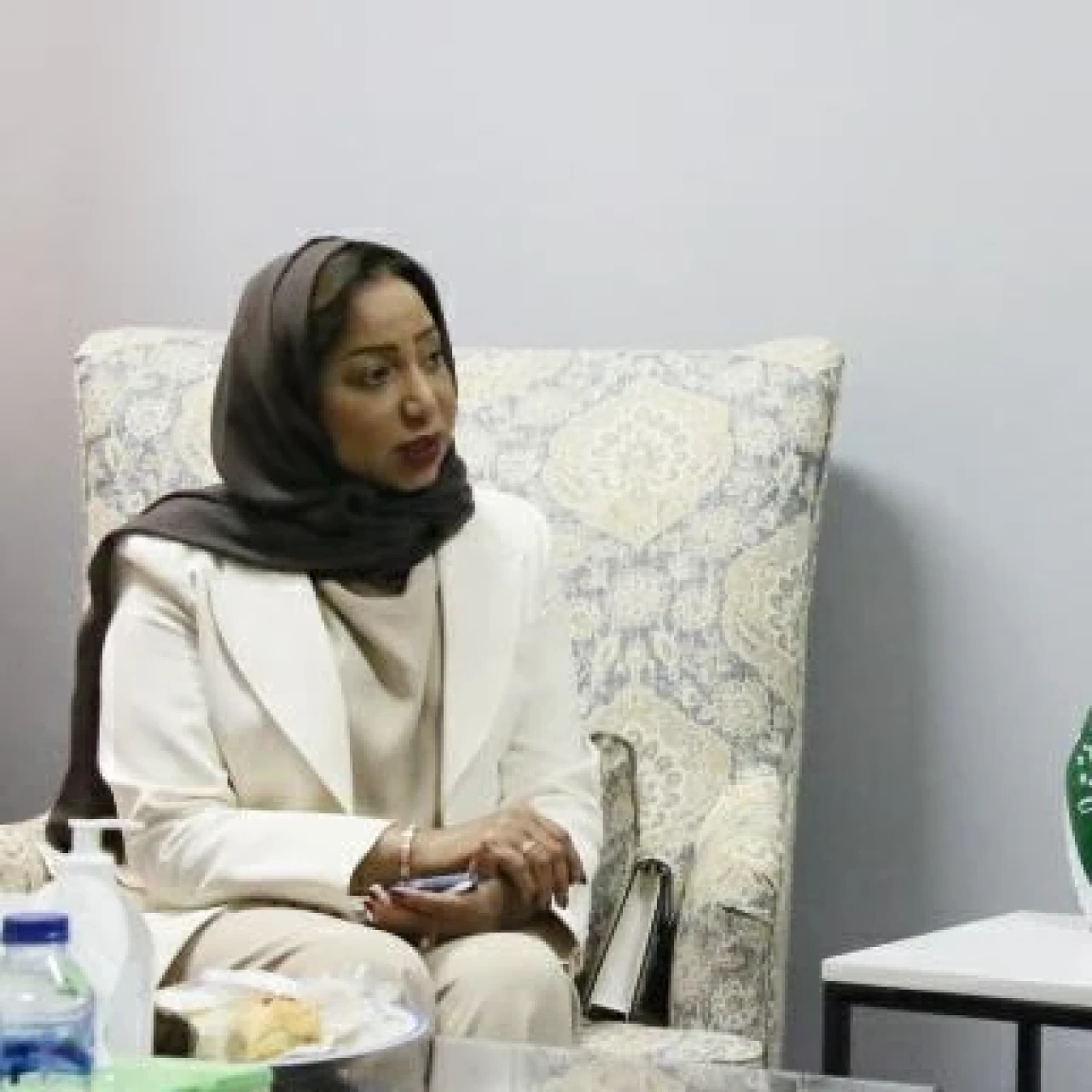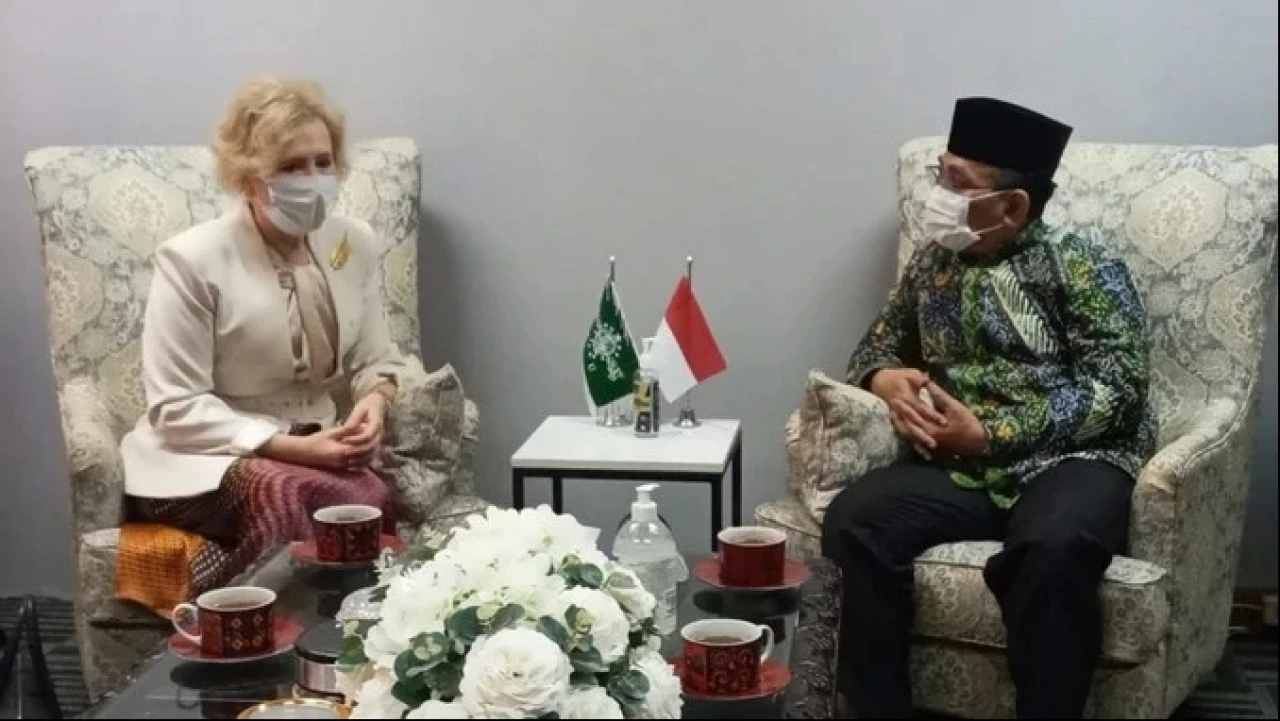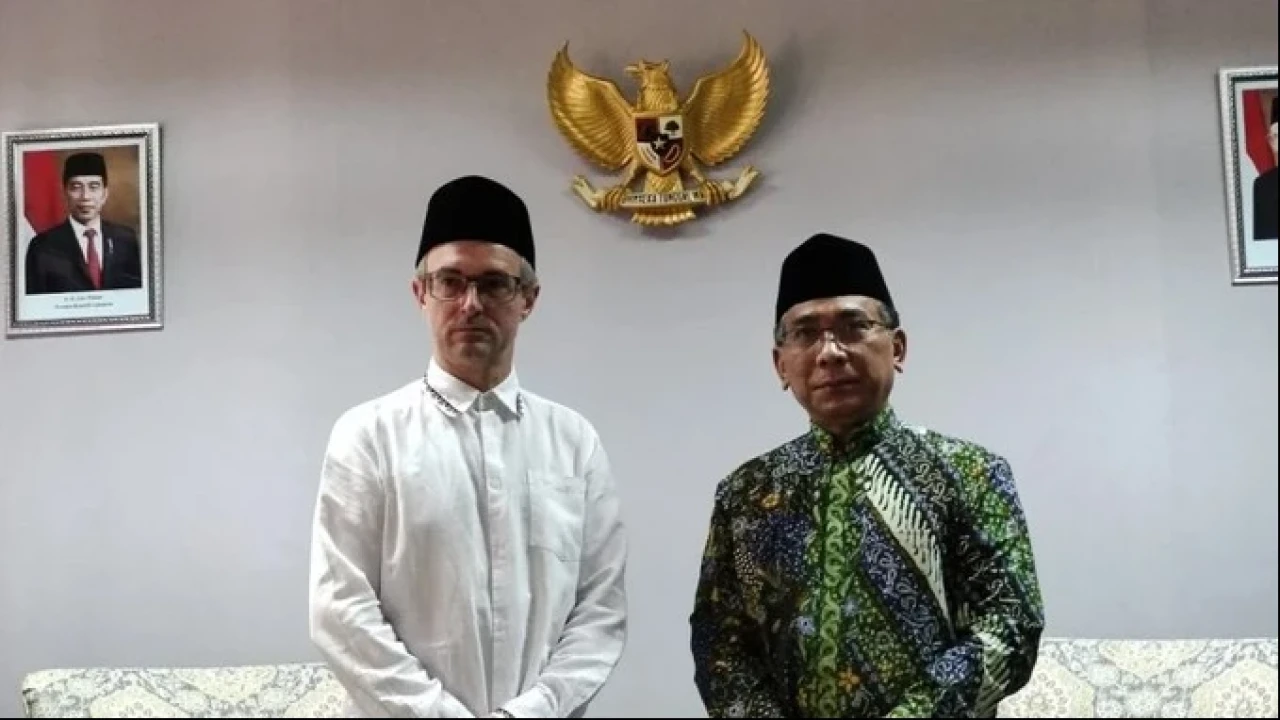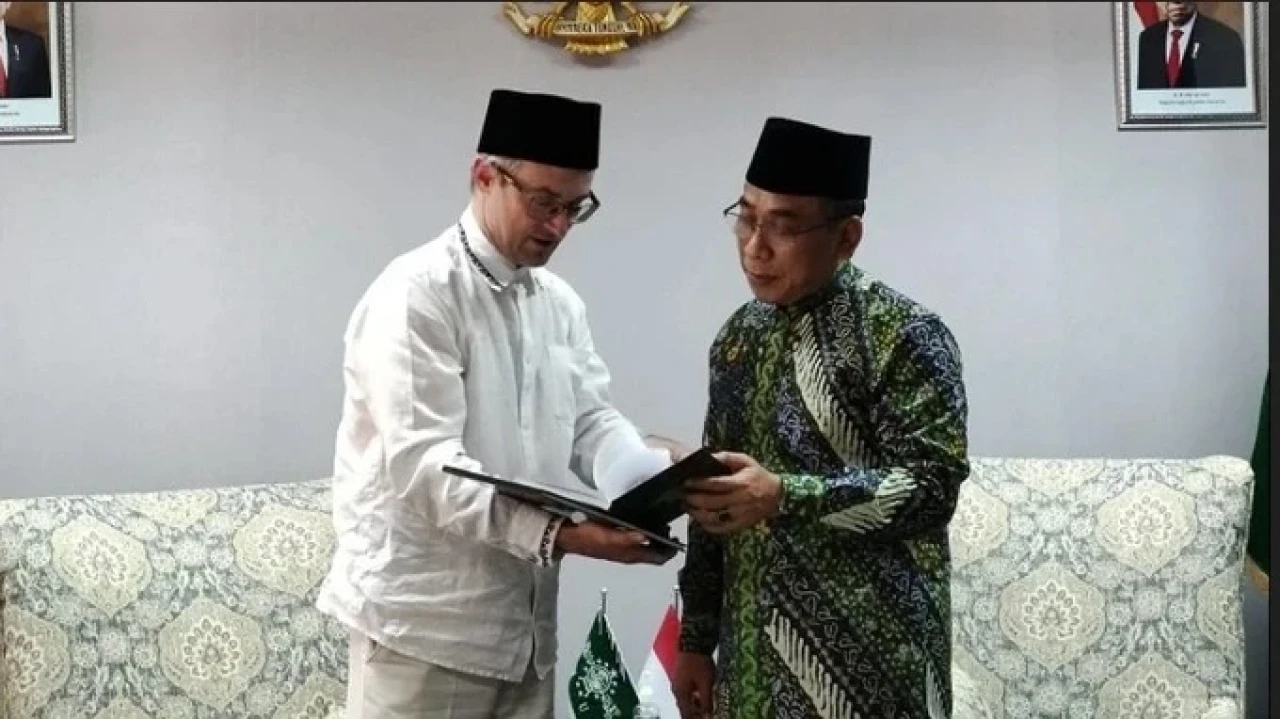Padang, NU Online
What makes an accident a disaster? Is it the climbing death toll, the grief of the survivors, or simply the judgment of the media on whether or not it is worth all-out coverage?
In the age of who-knows-first-gets-first, in which images and meanings are monopolized by the mass media, the last option would be the correct answer.
<>One might argue against this, but let us take a look at the way the national and local media covered the earthquake that rattled West Sumatra recently.
When a Jakarta reporter arrived in the provincial capital of Padang on Thursday, three days after the major quake, the first conversation he had with his stringer was the reason he was sent here. "They think it's a big disaster, ha?" the stringer said.
And when the reporter asked the photographer, who had arrived earlier, about the damage to infrastructure in Solok, thought to be the region hardest hit by the quake, the answer was: "Well, it's hard to say."
"What do you mean?" the reporter asked. "It's not as devastating as we thought it was," a stringer photographer from a foreign news wire said to clarify the situation.
Most Indonesian journalists must have been anesthetized to disaster. For those who covered the 2004 tsunami in Nanggroe Aceh Darussalam or the Yogyakarta quake last year, the tremor that hit West Sumatra was obviously considered "less devastating".
So, just three days after the quake, most foreign journalists had decided to go home.finished. I'm going home tomorrow," another Jakarta-based foreign wire stringer said.
A local newspaper, Singgalang, reported that journalists from Al-Jazeera arrived just hours after the quake on Tuesday, but left the city the next day to cover the Garuda Indonesia plane crash in Yogyakarta, which many say was more newsworthy. A local journalist told me that many foreign journalists were "disappointed" that the quake was notas they had thought.
It is up to the journalists to decide whether a disaster is big or devastating and, for that reason, worth all-out coverage. In the case of the West Sumatra earthquake, where the authorities seem incapable of providing valid and comprehensive statistical information, the journalists' act of diminishing or exaggerating the impact of the disaster is more obvious.
The media had dramatically announced 70 people were dead in the disaster and they feared (or expected) the death toll would continue to climb. Jakarta-based journalists were sent to the province to cover the big story. It turned out later that the toll slid to fewer than 60. The hype died down and the Garuda accident filled the headlines.
Local media had reported that thousands of people had been displaced by the quake and were living in tents. News reports in Padang all started with the grief of the displaced refugees, how they had to sleep in makeshift tents in severe cold and hunger. It turned out later that most of them were not displaced but simply afraid to return to their houses, which may have only suffered minor damage or perhaps not even a scratch.
There is still no exact figure for the number of houses badly damaged by the quake. The disaster relief mitigation post has only recorded the number of buildings damaged, without specifying how bad it is. The confusion has made aid distribution difficult, as officials can not tell who is actually displaced and who is living in a tent just because they're frightened of aftershocks.
As reported by The Jakarta Post, the latest information said the worst hit area was Agam regency, because of the number of houses damaged, although some media found that Solok was the regency hardest hit by the disaster.
It remains unclear how many buildings were affected by the quake. There are suspicions that the authorities inflated the figure to raise more aid. The number of schools damaged, for instance, went up from 14 to 120 in three days, though the flattened school buildings were less than five. But again, I may have missed the facts and failed to see the truth revealed.
The coverage is still centered in the cities, while the worst hit areas are probably hard to reach or even inaccessible. This is a time when the media has to measure the disaster and to decide whether it is worth extensive coverage.
For the media outlets that asked their journalists to leave West Sumatra a day or two after the quake, the disaster is "less devastating" and therefore there is no need to stay there longer for follow-up coverage. It is really hard to say that the 2004 tsunami has not changed the way the national media thinks of disasters. It set the limit for a disaster.
Meanwhile, the local media, which published the picture of clouds forming the writing of Allah and Prophet Muhammad in the blue sky right after the quake, with a caption saying "God is Great", will continue their coverage of thedevastating quake disaster to hit West Sumatra".
It seems that each media outlet has its own standard of disaster and its own way of dealing with it: If you can't make it sensational, make it sentimental. (dar)
Terpopuler
1
Khutbah Jumat: Menyiapkan Bekal Akhirat Sebelum Datang Kematian
2
Khutbah Jumat: Tetap Tenang dan Berpikir jernih di Tengah Arus Teknologi Informasi
3
Resmi Dilantik, Berikut Susunan Lengkap Pengurus PP ISNU Masa Khidmah 2025-2030
4
Ramai Bendera One Piece, Begini Peran Bendera Hitam dalam Revolusi Abbasiyah
5
Innalillahi, Menag 2009-2014 Suryadharma Ali Meninggal Dunia
6
Pemerintah Umumkan 18 Agustus 2025 sebagai Hari Libur Nasional
Terkini
Lihat Semua

